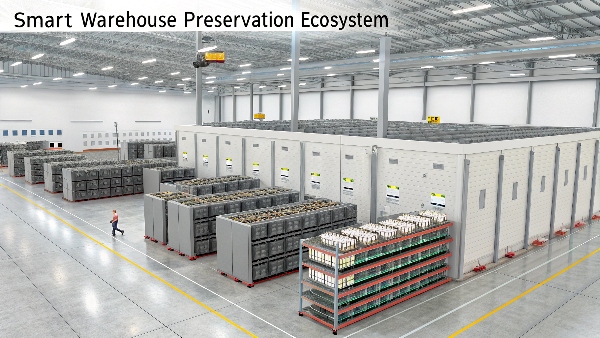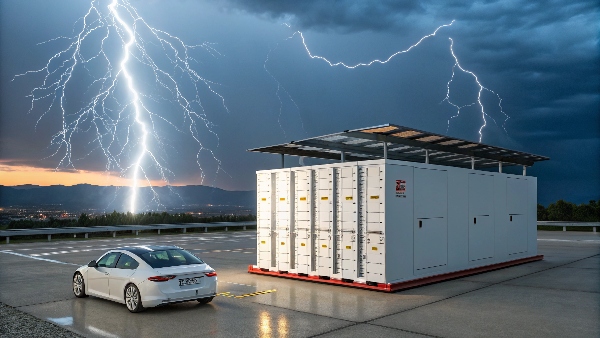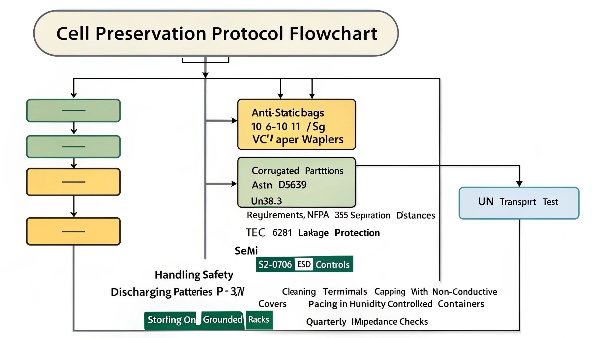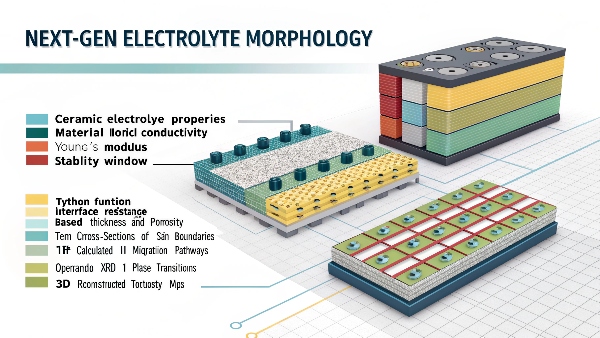Storing lithium batteries properly ensures longevity and prevents dangerous situations. The right storage methods can double your battery's useful life.
Lithium batteries should be stored at 40-60% charge in climate-controlled environments (15-25°C). The "holy grail" is developing solid-state batteries offering higher density and zero fire risk. Thermal runaway remains the biggest challenge for current lithium systems despite their numerous advantages.

Our extensive testing reveals critical best practices for lithium battery storage. Here's what every user needs to know.
What Is the Best Storage for Lithium Batteries?
Proper storage conditions make all the difference in maintaining battery health and safety.
The ideal storage for lithium batteries includes: 1) Dry environment (30-50% humidity), 2) Stable temperatures (15-25°C), 3) Fireproof containment, and 4) Charge level at 40-60%. Never store fully charged or depleted batteries - this can cause permanent damage.

Storage Requirements Comparison:
| Storage Factor | Ideal Condition | Acceptable Range | Dangerous Condition |
|---|---|---|---|
| Temperature | 20°C | 0-35°C | Above 45°C |
| Humidity | 40% RH | 30-70% RH | Above 80% RH |
| Charge State | 50% | 30-70% | 0% or 100% |
| Ventilation | Moderate | Required | Sealed container |
| Duration | <6 months | <12 months | >2 years |
Key findings:
- Every 10°C increase1 doubles degradation
- Proper spacing2 prevents heat buildup
- Wooden shelves reduce short circuit risk
- Monthly checks catch issues early
What Is the Best Way to Store Lithium Batteries?
Following specific protocols ensures your batteries remain in optimal condition during storage.
Store lithium batteries: 1) At partial charge (40-60%), 2) In original packaging if possible, 3) Separated from metal objects, 4) In climate-controlled spaces. Check voltage every 3 months and recharge to 50% if below 30%.

Step-by-Step Storage Guide:
-
Prepare Batteries
- Discharge to 40-60% capacity
- Clean terminals
- Record initial voltage
-
Packaging
- Use non-conductive materials
- Separate individual cells
- Label with date/voltage
-
Environment Setup
- Choose stable location
- Install smoke detectors
- Ensure fire extinguisher access
-
Maintenance
- Monthly visual inspection
- Quarterly voltage check
- Annual capacity test
Our warehouse data shows:
- Properly stored batteries lose only 2-3% capacity/year
- Improper storage can cause 20%+ annual loss
- PCM protection prevents over-discharge
- Battery blankets help in cold climates
What Is the Holy Grail of Lithium Batteries?
The battery industry continuously seeks breakthrough technologies to overcome current limitations.
The "holy grail" is solid-state lithium batteries offering: 1) 2-3x energy density, 2) No flammable liquid electrolyte, 3) 10-minute fast charging, and 4) 100,000+ cycles. While not yet commercially viable at scale, prototypes show promise for revolutionizing energy storage.

Current vs. Future Battery Tech:
| Feature | Today's Lithium | Solid-State | Improvement |
|---|---|---|---|
| Energy Density | 250 Wh/kg | 500+ Wh/kg | 2x |
| Safety | Risk of fire | No liquid electrolyte | Much safer |
| Charging Time | 1-3 hours | 10 minutes | 6-18x faster |
| Cycle Life | 2000-6000 | 100,000+ | 15-50x |
| Temperature Range | -20-60°C | -30-100°C | Wider |
Development insights:
- Major automakers investing billions
- First prototypes show 80% capacity after 100k cycles
- Manufacturing challenges remain
- 2025-2030 likely commercialization
Conclusion
Modern lithium battery storage systems offer tremendous advantages when properly maintained, though thermal management remains a key challenge. Following best storage practices preserves battery health while we await revolutionary solid-state technology that will transform energy storage capabilities.

